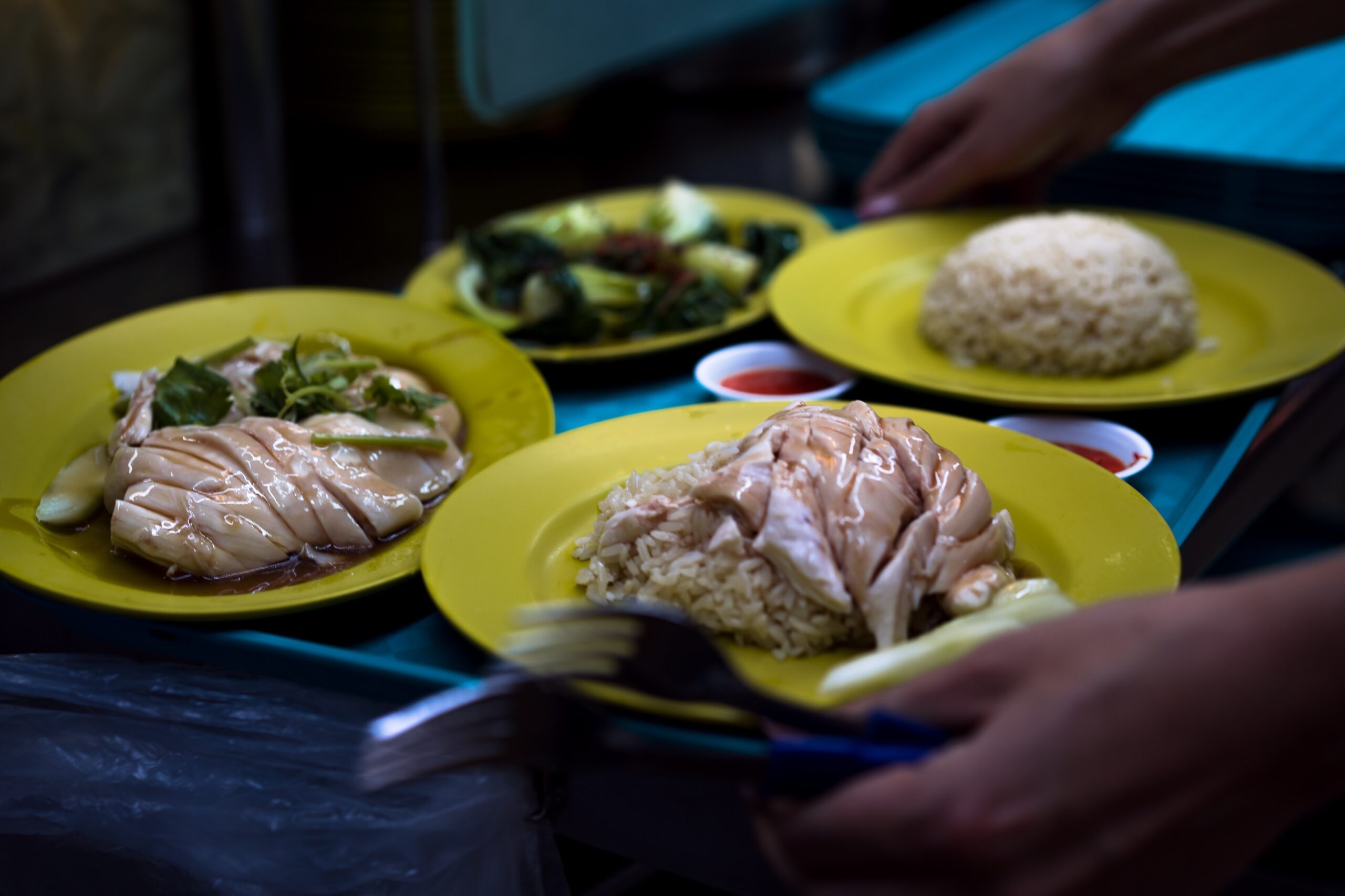
Building Singapore as a food resilient economy

Singapore is known for being the melting pot of different cuisines from around the world. However, behind the façade of being a food haven, there is a persistent challenge that the country is battling – food security, i.e. access to safe and nutritious food.
Despite being regarded as one of the most advanced economies of the world, Singapore lacks natural resources. Only 1% of land in Singapore is suitable for food production. This makes its food supply heavily depended on imports. More than 90% of the food security of 5.7 millions of Singaporeans depends on a complex global supply chain. However, the wheels of Singapore’s food supply have been running seamlessly for a fairly long time. Until recently!!
With a series of external headwinds, the gravity of safeguarding Singapore’s food security has further amplified. In this article, we take a rundown of what kept Singapore’s food supply rolling so far, the growing need for pivoting strategies to counter the external disruptions and the need for trade associations and private business to join forces with the government to make Singapore a resilient food economy.
How did Singapore survive the food volatility so far?
Major credit goes to the government for devising a well-thought-out strategy that kept the Singapore’s food value chain rolling against all odds. The three-pronged strategy to safeguard food security include:
1. Diversification of sources of imports from a network of 170 countries in the world to ensure a stable and reliant supply of imported food.
2. Creating buffers through the 10% local produce in case of supply chain disruptions. Though meagre, this small percentage contributes to key food consumption in Singapore including Hen shell egg, fish and leavy vegetables, carrying the major burden of producing staple food.
3. Overseas agricultural investment where the government encourages local companies to export food that supplements local production with food imports.
How did the external factors topple the balance?
As COVID 19 struck, Singapore’s food supply chain got exposed to the vulnerabilities from all corners – production to logistics and distribution, to retail and to individuals. Starting from food export bans from the key importers like Malaysia and China, to challenges in stock piling, Hawkers movement, to the rising price volatility have thrust this issue into spotlight. The ongoing Russia – Ukraine war have further compounded the problem leading to rising economic pressure and food inflation that the country never witnessed before.
The growing need to pivot strategy!
To counter the external uncertainties caused by supply chain disruption and reduce reliance on imports, the government of Singapore launched the “30 by 30” initiative in 2019. This means Singapore needed to pivot its efforts to be more self-reliant to meet 30% of the country’s nutritional needs by 2030. Singapore is now compelled to push the boundaries of innovation to accelerate production from the current 10% to 30%. A big ask for a country with only 729 sq kms surface land.
The need to join forces!
The government has launched several initiatives since the 30 by 30 launch. From exploring underutilized spaces or urban spaces for farming; to setting up massive financial aids with the new $30 million 30 × 30 Express Grant; to creating awareness of local produce through separate labelling; the government has been trying to cover all grounds. However, this ambitious goal requires coordinated and extensive efforts from all corners including various industries and private businesses and the consumers together to grow food not just productively but also in a way that is sustainable for the environment and the future.
Challenges to achieve the 30 by 30 goal
Price point: Despite all efforts to boost local produce and become self-reliant, one of the key deterrent factors remain the price point. We have to remember that Singapore is trying to overcome the challenge of limited land through application of technology. The cost of modern technology infrastructure coupled with trained labour cost translates into higher price of local produce as compared to imported food. For example, eggs from Malaysia and Ukraine are 20% cheaper as compared to locally produced eggs (Singapore Food Agency, 2020). Shifting the buying behaviour of its customers from imported cheaper food items to ‘local produce’ at a higher price point is indeed a challenge.
Wider variety of imported food at a lower cost: Imported food coming from multiple regions is available in a wider variety giving customers a wider range to choose from vs. local produce with limited variety.
Joining forces to support the government’s 30 by 30 plan
While these challenges are real, it is also about educating the consumers the benefits of local produce and how it impacts their health and well-being, the economy of Singapore and the planet. Coordinated effort is required here from trade associations, private businesses to bring to light the broader picture and show consumers how a change in behaviour can contribute to a larger goal:
• Health and well-being: Food start losing nutrients as soon as it is being harvested. While imported food may be available at a lower price point, local produce is a lot fresher with more nutrients because they are available soon after being harvested. The strict regulations of the government bodies also ensure that the local food is safe to consume with controlled pesticides and any contamination is easily traceable.
• More eco-friendly: The environmental impact of food that includes how it is being produced, the carbon footprint during transportation, or the storage space that it is taking; often remains invisible to customers. However, the lesser eco-friendly the production process is, the worst it gets for our planet in the long run. Customers today care for the planet as much as they care for their own well-being. The coordinated initiatives from different bodies can highlight these impacts and create more awareness.
•Supporting the food economy of Singapore by supporting local farms: While the government has been taking several initiatives to support local farmers to increase their produce, there has to be a concurrent increase in demand alongside to support their initiatives. Food aggregators play a major role in connecting the tribe of local farmers with retail stores, restaurants and consumers to bring their garden-fresh food to the market. By showcasing Chefs from restaurants as influencers, the aggregators can show consumers how local food can be simply added to make delectable dishes.
One such aggregators of local AgriTech farmers is Backyard Production who play a major role in bringing local produce at the forefront of the food and beverage industry. By offering a wide array of local produce with varying price points, they make it easier for consumers to choose what suits them the best. They not only highlight the nutritional value of local food but also how it contributes to make our planet more sustainable, boost our economy and ultimately make Singapore a food resilient nation.
JOIN THE
REVOLUTION
Join the revolution and change the future of SG’s food




